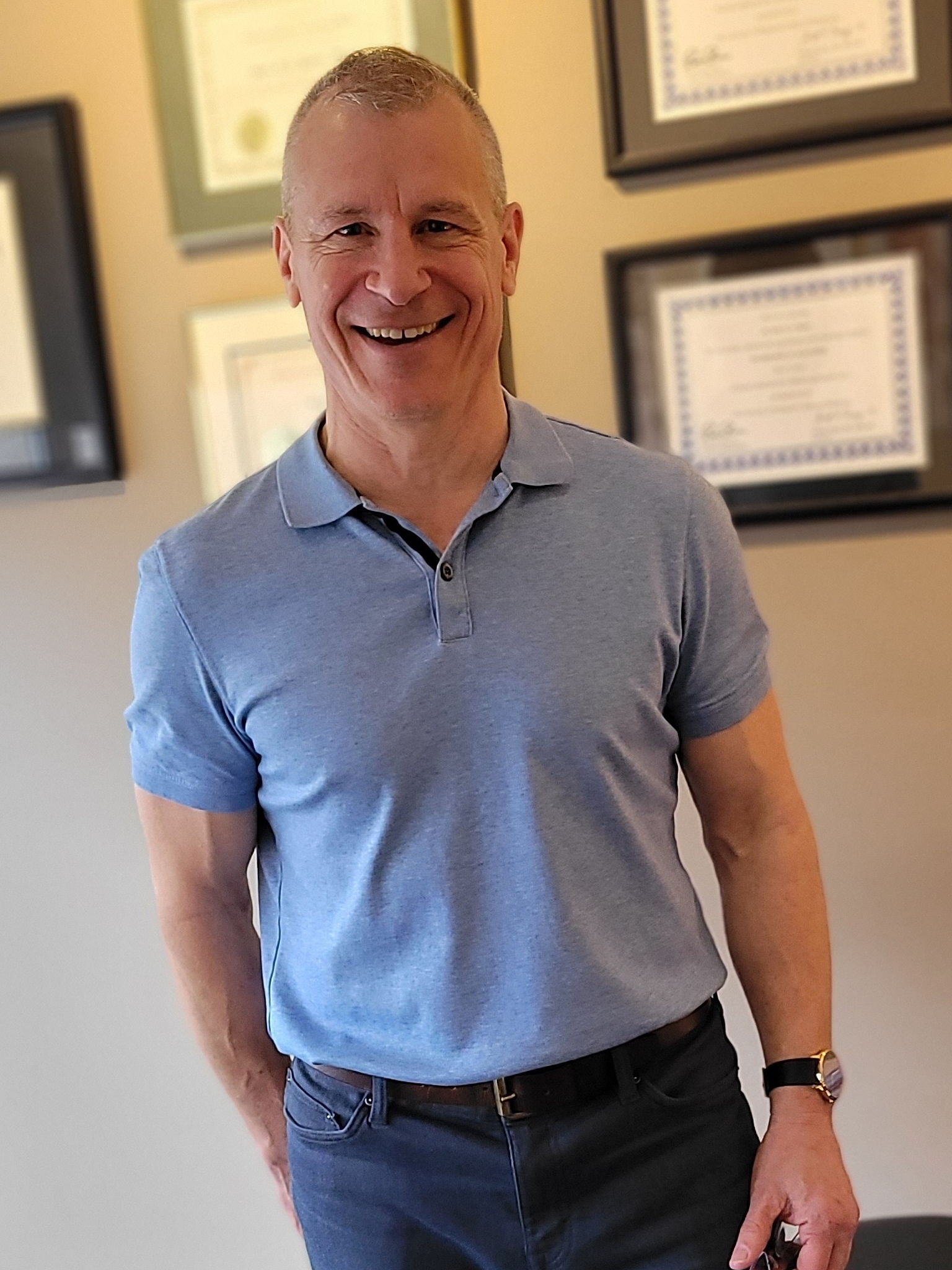Rosen, M. et al. (1994) Back Pain Report of a CSAG Committee on Back Pain, HMSO, London, England
In 1994 a British Clinical Standards Advisory Group was asked by the United Kingdom Health Ministers to develop guidelines for patients with back pain. The group found that there is considerable evidence that manipulation can provide short-term symptomatic benefit in some patients with acute back pain and recommended that manipulation should be available as a therapeutic option for the treatment of National Health Service (NHS) patients with back pain, and should be carried out by appropriately trained therapists or practitioners.
Spitzer, W.O., et al. (1995) Whiplash Associated Disorder (WAD): Redefining Whiplash and its Management: Quebec Task Force on Whiplash-Associated Disorder
The Quebec Task Force consisted of an 18-member expert multidisciplinary panel whose mandate was to undertake a comprehensive review and study of whiplash-associated disorders (WAD). One of the sections of the report dealt with clinical guidelines for the diagnosis, treatment and prognosis of WAD. It was the Task Force consensus that the use of non-steroidal anti-inflammatory agents and analgesics, short-term manipulation and mobilization by trained persons and active exercises are useful in Grade II and III WAD, and that manipulative treatments by trained persons for the relief of pain and facilitating early mobility can be used in WAD.
Royal College of General Practitioners (1996)
The Royal College of General Practitioners, in consultation with the Chartered Society of Physiotherapy, Osteopathic Association of Great Britain, British Chiropractic Association and the National Back Pain Association constructed clinical guielines on low back pain management, based on extensive international scientific evidence. One of the principal recommendations of the guidelines is to “consider manipulative treatment within the first 6 weeks for patients who need additional help with pain relief or who are failing to return to normal activities” based on high level evidence that within the first 6 weeks of onset of acute or recurrent low back pain, manipulation provides better short-term improvement in pain and activity levels and higher patient satisfaction than the treatments to which is has been compared.
Maurits, W., et al. (1997) SPINE. Conservative Treatment Of Acute And Chronic Non-Specific Low Back Pain.
In 1996,the authors performed a systematic review of randomized trials. Their objective was to access the effectiveness of the most conservative types of treatment for patients with acute and chronic non-specific low back pain. They found strong evidence for the effectiveness of manipulation, back schools and exercise therapy for chronic low back pain, especially for short-term effects.
Skargen, E. and Birgitta, O. (1998) PAIN. Predictive factors for 1-year outcome of low back and neck pain in patients treated in primary care.
The aims of the study were to identify prognostic factors for disability at one-year follow-up in patients with back pain visiting primary care,and to compare the effect of these in two treatment strategies - chiropractic and physiotherapy. Five significant prognostic factors were revealed; duration of current episode, Oswestry score at entry, expectations of treatment, number of localizations and well-being. Subgroup analyses showed that patients with acute problems (duration of current episode less than 1 week) benefited more from chiropractic than physiotherapy, whereas patients with pain that had lasted for more than, or equal to one month gained more from physiotherapy.
